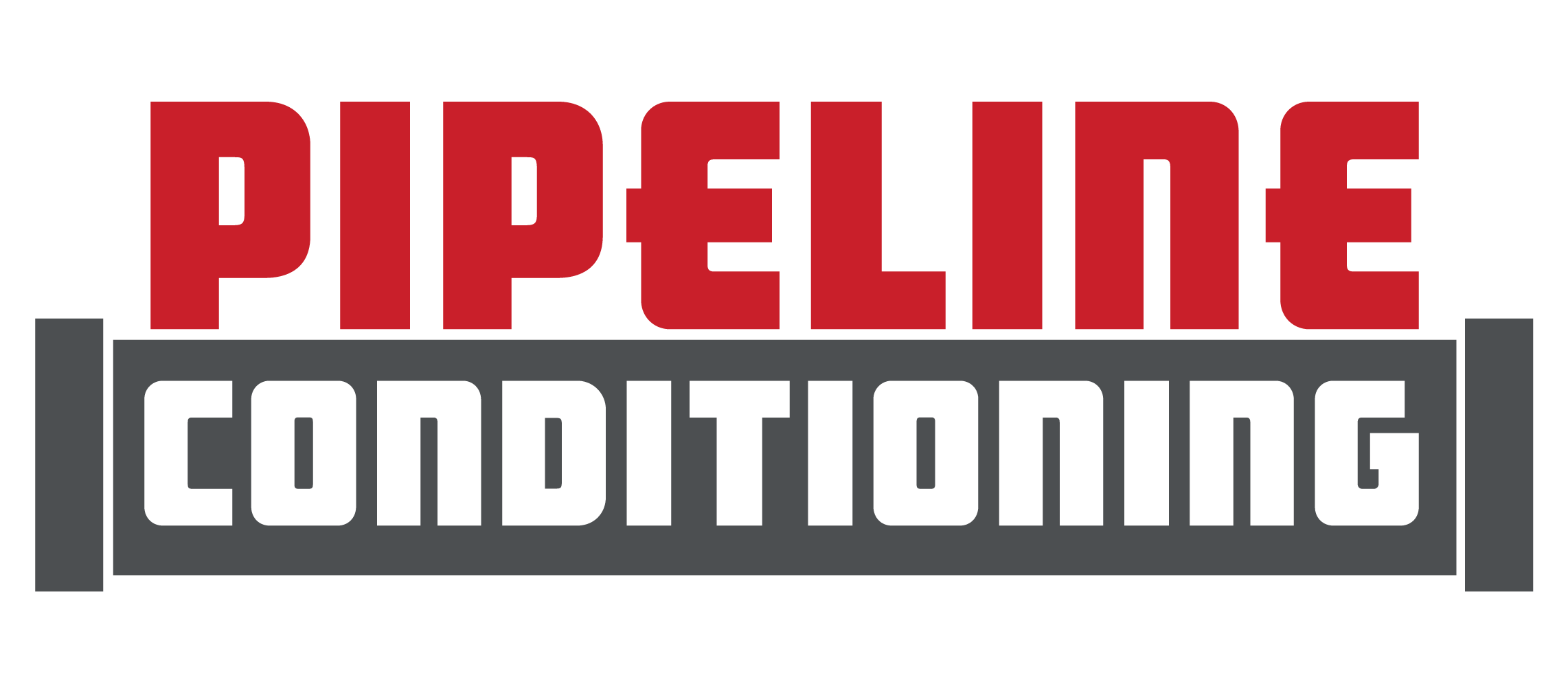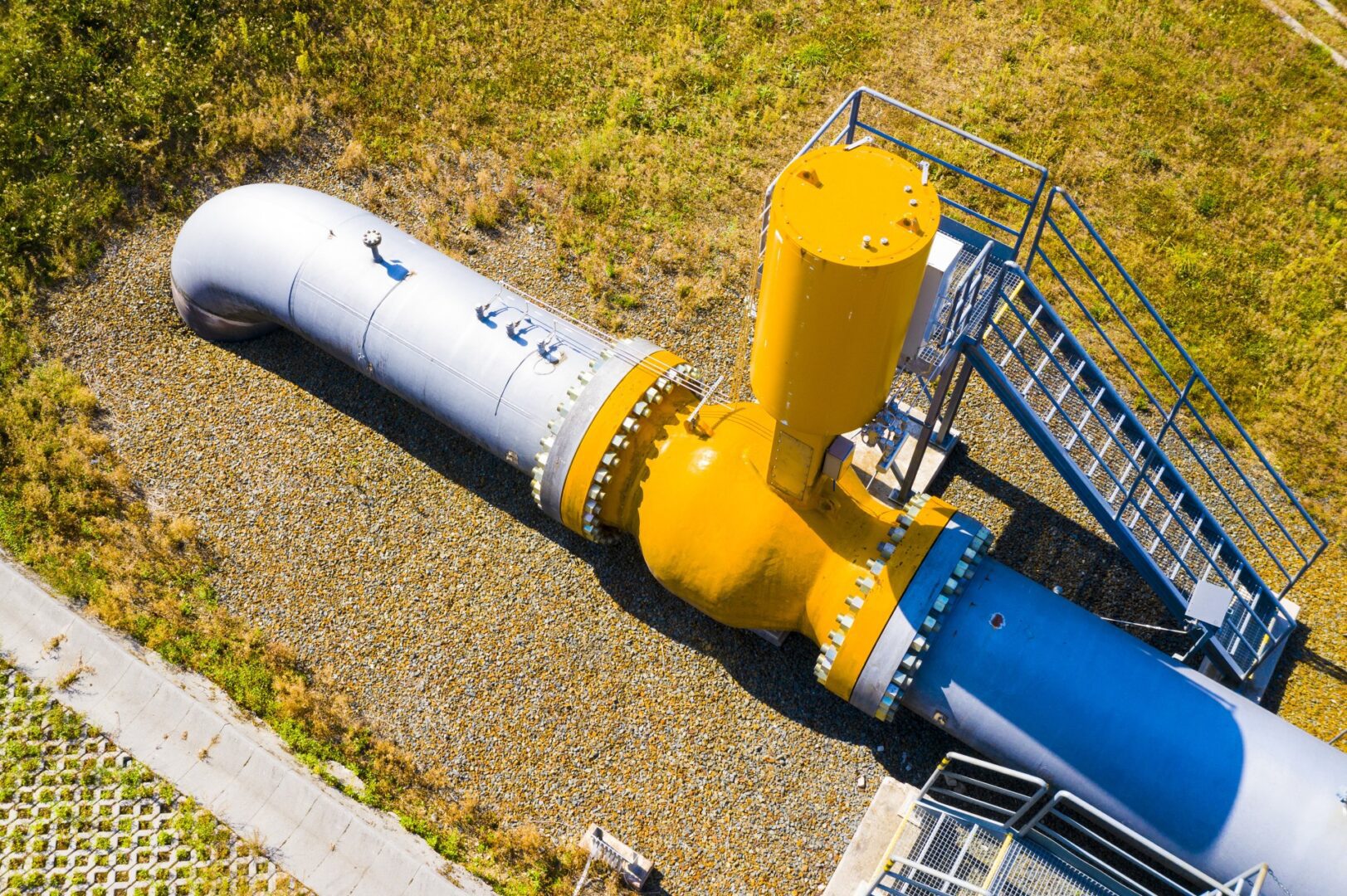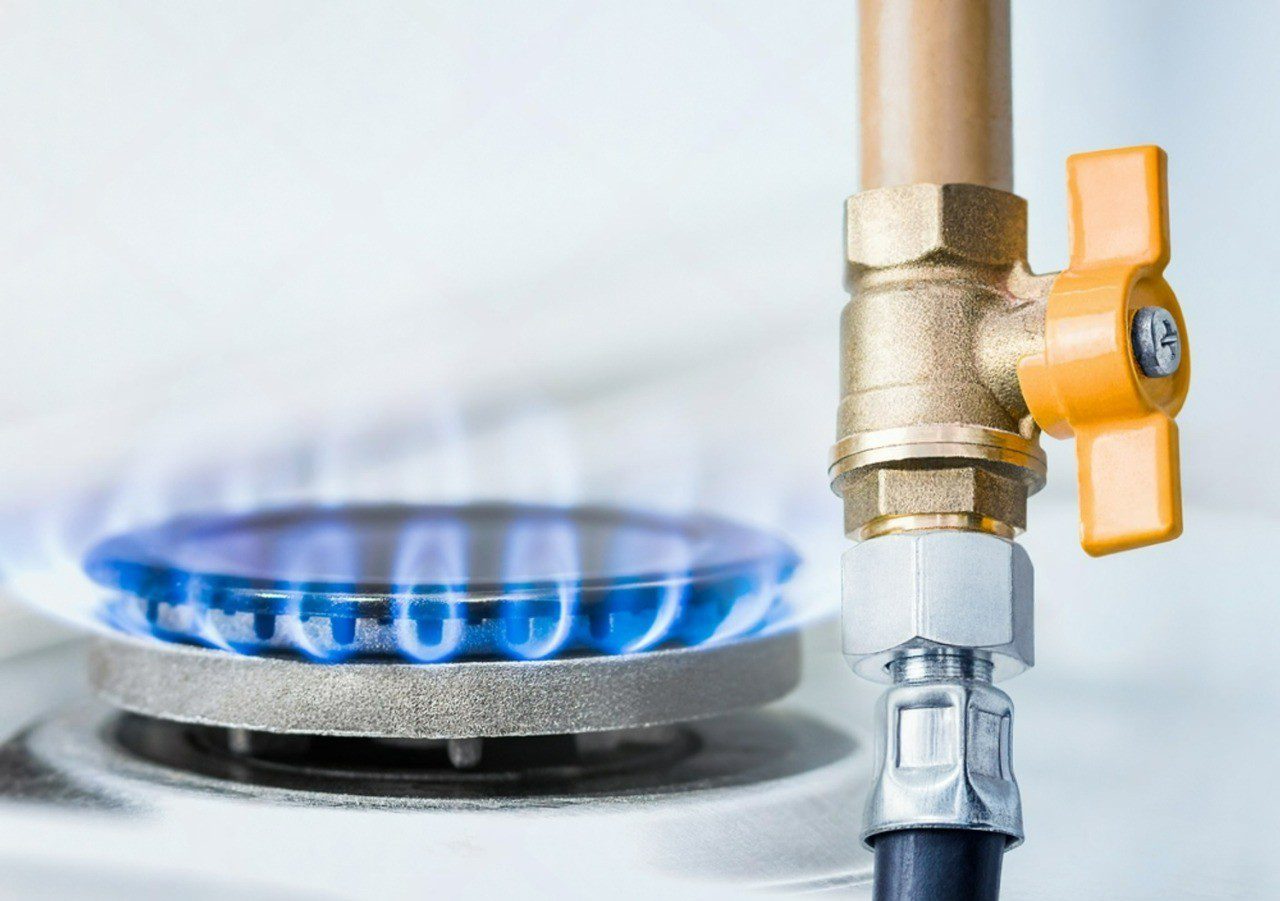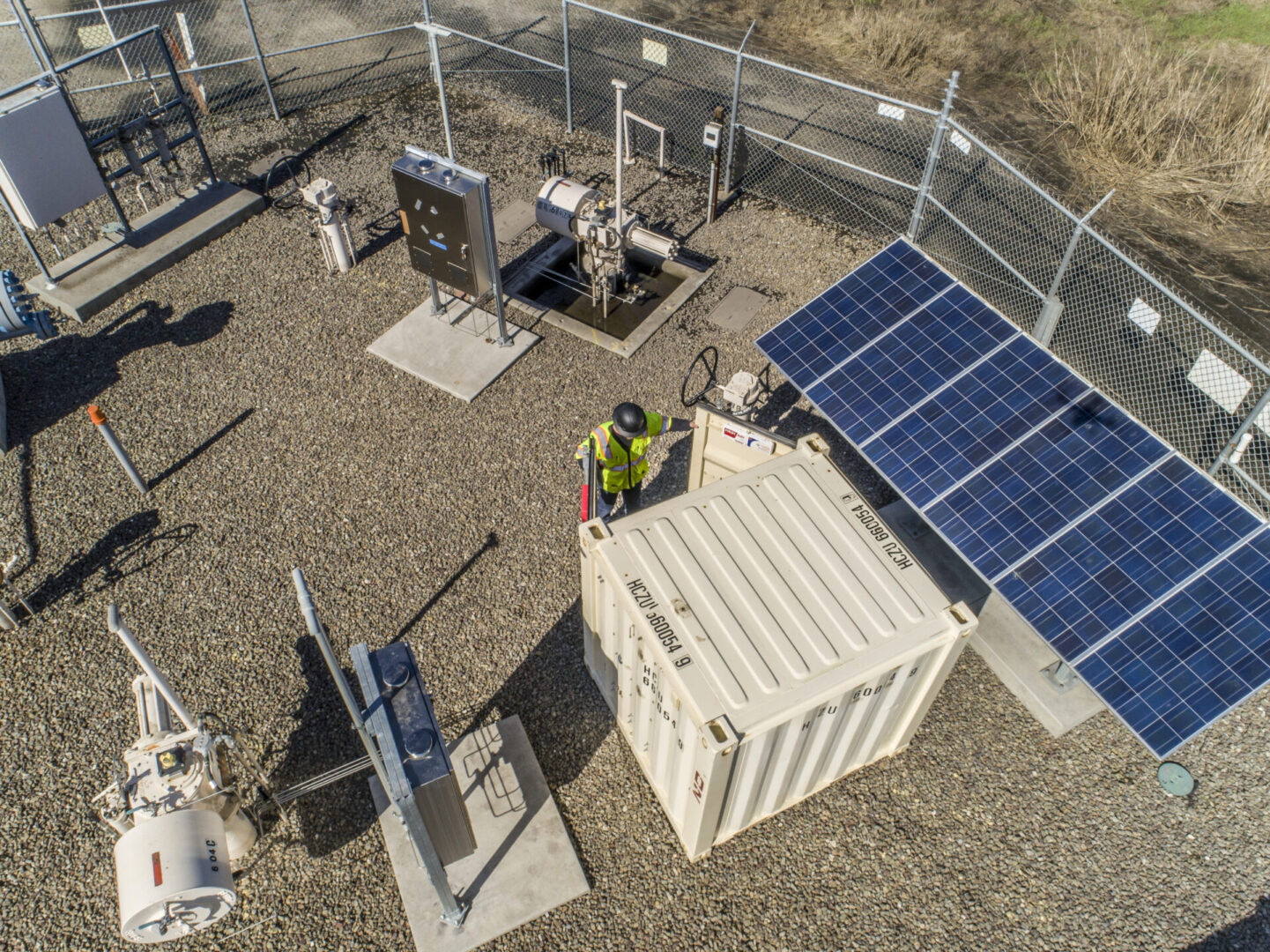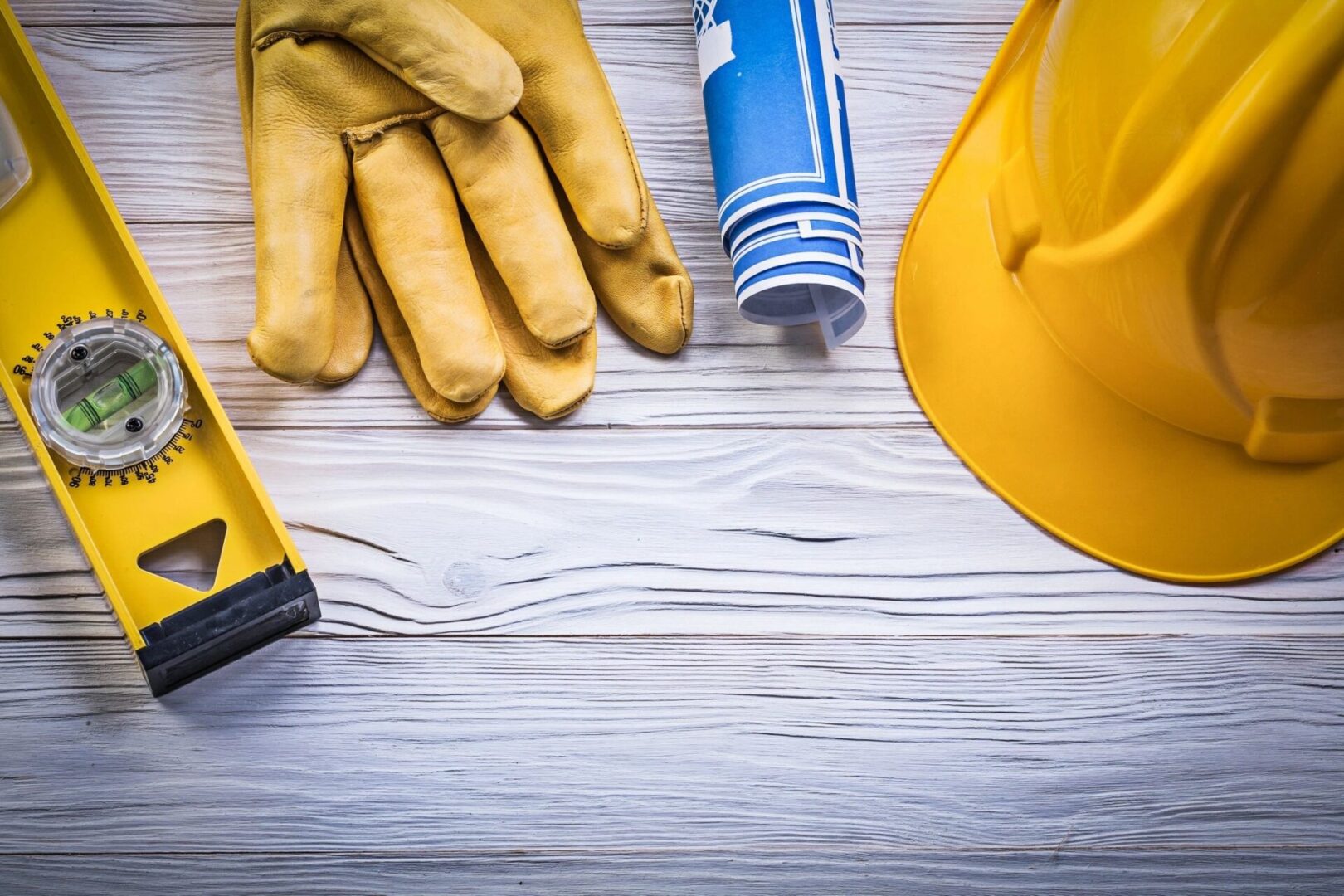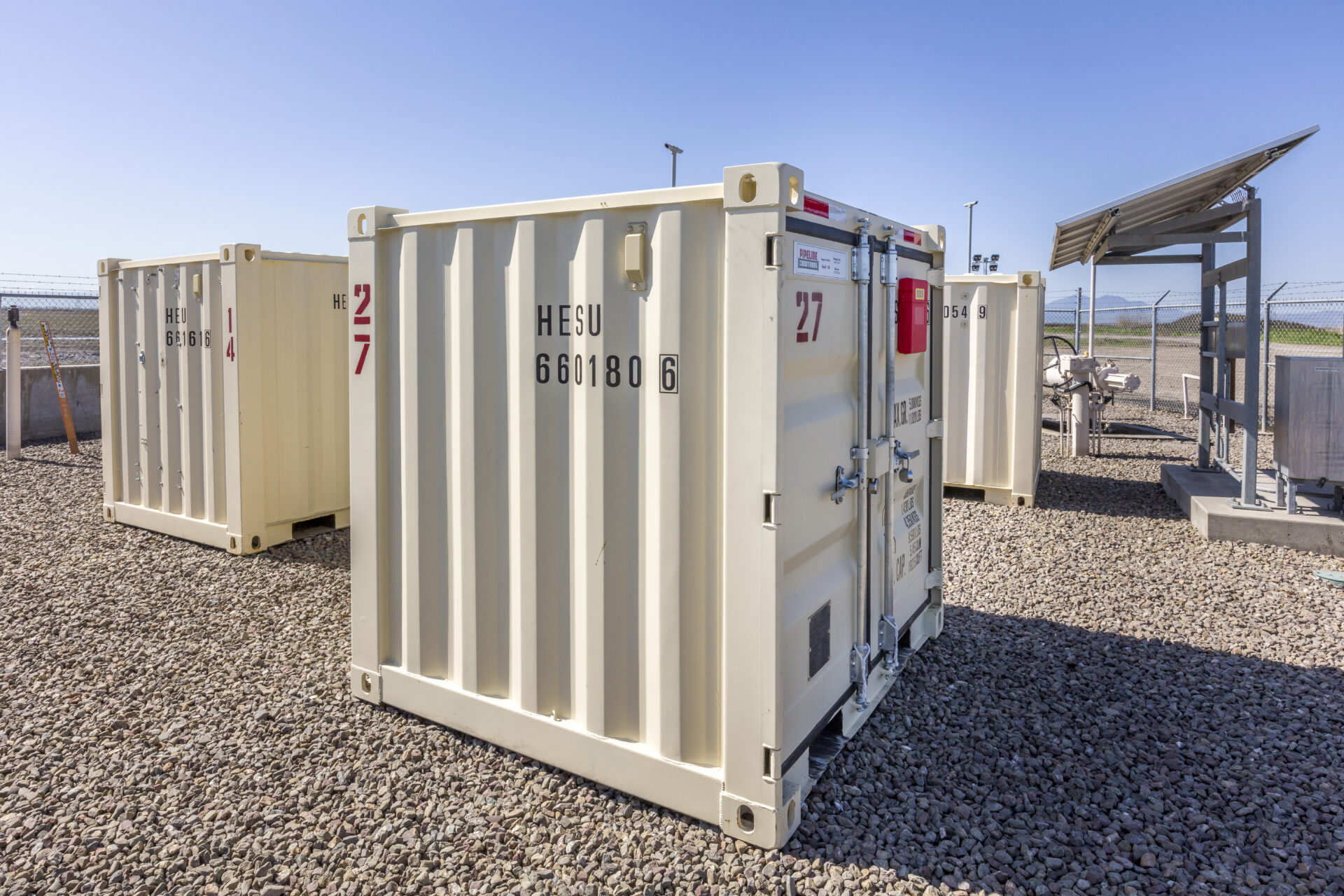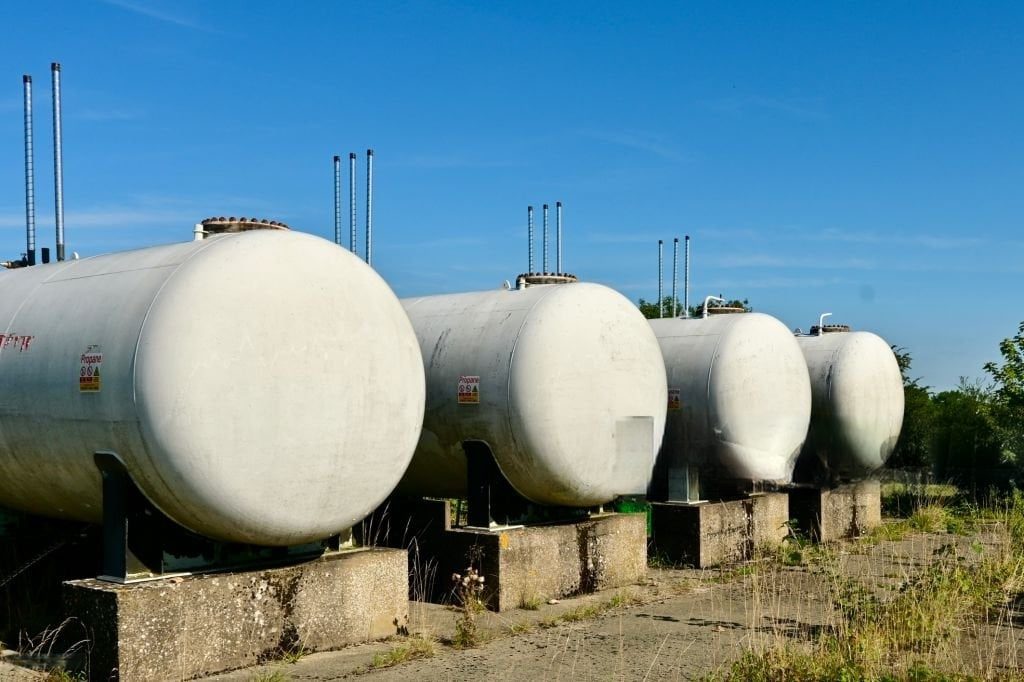
The Importance of Pipeline Pickling for Residential Buildings: Keeping Urban Living Safe
Protecting High-Rise Residents with Proper Pipeline Conditioning and Odorization
From the luxury apartments of Manhattan to the sleek towers of Los Angeles and Chicago, high-rise residential buildings represent the pinnacle of urban living, but beneath their modern design lies a critical and often overlooked safety issue: pipeline odor fade due to stagnant gas.
This problem is especially prevalent in high-end residences, where kitchens are rarely used and gas pipelines experience infrequent or low-volume usage. Without intervention, this can create dangerous conditions where gas leaks go undetected.
The Odor Fade Problem in High-Rise Buildings
Natural gas is naturally odorless. To detect leaks, utility providers typically add an odorant, such as mercaptan. But under certain conditions, this odorant can fade or disappear altogether, a phenomenon known as odor fade. This is particularly concerning in high-rise buildings for the following reasons:
- Stagnant Gas: Infrequent appliance use allows gas to sit in pipelines for long periods. Over time, the odorant can absorb into the pipe walls or settle, making leaks harder to detect.
- Intermittent Flow: Irregular or low-volume gas flow causes uneven odorant distribution, increasing the risk of undetectable leaks.
- High Stakes Environment: With dozens or hundreds of residents in one structure, even a minor gas leak can escalate into a major safety hazard—fires, explosions, or carbon monoxide poisoning.
How Pipeline Conditioning Prevents Odor Fade
Pipeline Conditioning is New York City’s go-to expert for pipeline pickling and a trusted provider of conditioning services in major metropolitan areas across the U.S. Our process addresses the root causes of odor fade before gas systems go into regular operation, especially in high-rise environments where the risks are elevated.
What is Pickling (Pipeline Conditioning)?
Pickling, also known as pipeline conditioning, is the process of introducing a concentrated level of odorant, typically mercaptan, into a gas pipeline before it enters regular service. This allows the odorant to absorb into the pipe walls and distribute evenly throughout the system. Pickling is typically performed in new pipelines, systems returning from dormancy, or in buildings where gas flow is expected to be low or inconsistent. The goal is to establish a stable baseline of odorant presence, reducing the likelihood of odor fade and supporting early-stage safety and compliance.
Key Benefits of Pipeline Pickling:
- Reliable Odorization: Ensures that gas remains detectable despite low usage or long idle times.
- Reduced Safety Risks: Prevents undetected leaks, minimizing the chances of fires or health hazards.
- Regulatory Compliance: Helps building owners meet local, state, and federal requirements for gas odorization from day one.
- Protection of Lives and Property: Supports the moral and legal responsibility of property managers to keep residents safe.
- Extended Pipeline Life: Conditioning limits internal chemical reactions that contribute to long-term degradation.
Why Pipeline Conditioning Is the Industry Leader
Pipeline Conditioning is the go-to authority for high-rise pipeline pickling, especially in high-risk urban markets. Building owners and managers choose us because:
- Specialized Expertise: We understand the unique pipeline configurations and safety concerns of high-rise environments.
- Custom Engineered Solutions: From odor fade mitigation to emergency response, our services are tailored for your building’s specific needs.
- Regulatory Mastery: We help you navigate and comply with all safety and gas system codes, efficiently and correctly.
- 24/7 Support: We’re on call day and night to respond to any pipeline concerns, ensuring continuous protection.
High-Rise Pickling: A Nationwide Necessity
While Manhattan exemplifies the need for odor fade prevention, this issue extends to high-rise buildings in cities such as Chicago, Los Angeles, and Miami, as well as beyond. Any residential tower with low gas usage is at risk.
Whether you’re managing a single tower or an entire residential portfolio, pipeline pickling is not optional, it’s essential for:
- Safe occupancy
- Code compliance
- Infrastructure longevity
- Peace of mind
Pipeline Conditioning LLC, the name trusted by building managers and safety regulators alike. When it comes to pickling pipelines in America’s tallest residences, we lead the way.
Myths and Truths About Odorization
Odorization is one of the most important safeguards in the natural gas industry, but it is also one of the most misunderstood. We hear the…
From Pipeline to Stove: The Journey of Safe Gas
Every October, Natural Gas Week gives us a chance to step back and appreciate one of the most important energy sources in our daily lives.…
The Real Cost of False Leak Calls
When it comes to odorization, one of the most common mistakes we see is over-odorization. Some contractors think adding a little extra odorant “just to…
The Benefits of Partnering with a Specialized Odorization Service Provider
Expert Solutions for Safety, Compliance, and Operational Efficiency When trying to ensure the safety of natural gas pipelines, odorization is the topmost priority. The addition…
Job Safety Best Practices: Staying Safe in Extreme Heat
As temperatures climb, so does the risk of heat-related illness on pipeline projects. Whether you’re operating a valve trailer in West Texas or overseeing a…
The Importance of Pipeline Pickling for Residential Buildings: Keeping Urban Living Safe
Protecting High-Rise Residents with Proper Pipeline Conditioning and Odorization From the luxury apartments of Manhattan to the sleek towers of Los Angeles and Chicago, high-rise…
Steel vs. PE Pipes: Evaluating Costs and Material Selection for Natural Gas Pipelines
Selecting the appropriate material for natural gas pipelines is a critical decision that impacts both initial investment and long-term operational efficiency. Steel and polyethylene (PE)…
From Frustration to Foundation: How One Engineer’s Mission Became Pipeline Conditioning
From Frustration to Foundation: How One Engineer’s Mission Became Pipeline Conditioning In an industry where too many things are done out of habit, Pipeline Conditioning…
Temporary Odorization and Why Doing It Yourself Might Just Be Costly
The Hidden Costs of DIY Odorization: Why Expert Solutions Save Time, Money, and Risk Quick problem-solving is everything in the natural gas world, especially when…
Decommissioning an Odorization Station: Best Practices for a Smooth Transition
Ensuring Safety and Efficiency When Retiring Critical Infrastructure Odorization stations play a crucial role in the safety of natural gas by adding an odorant that…
